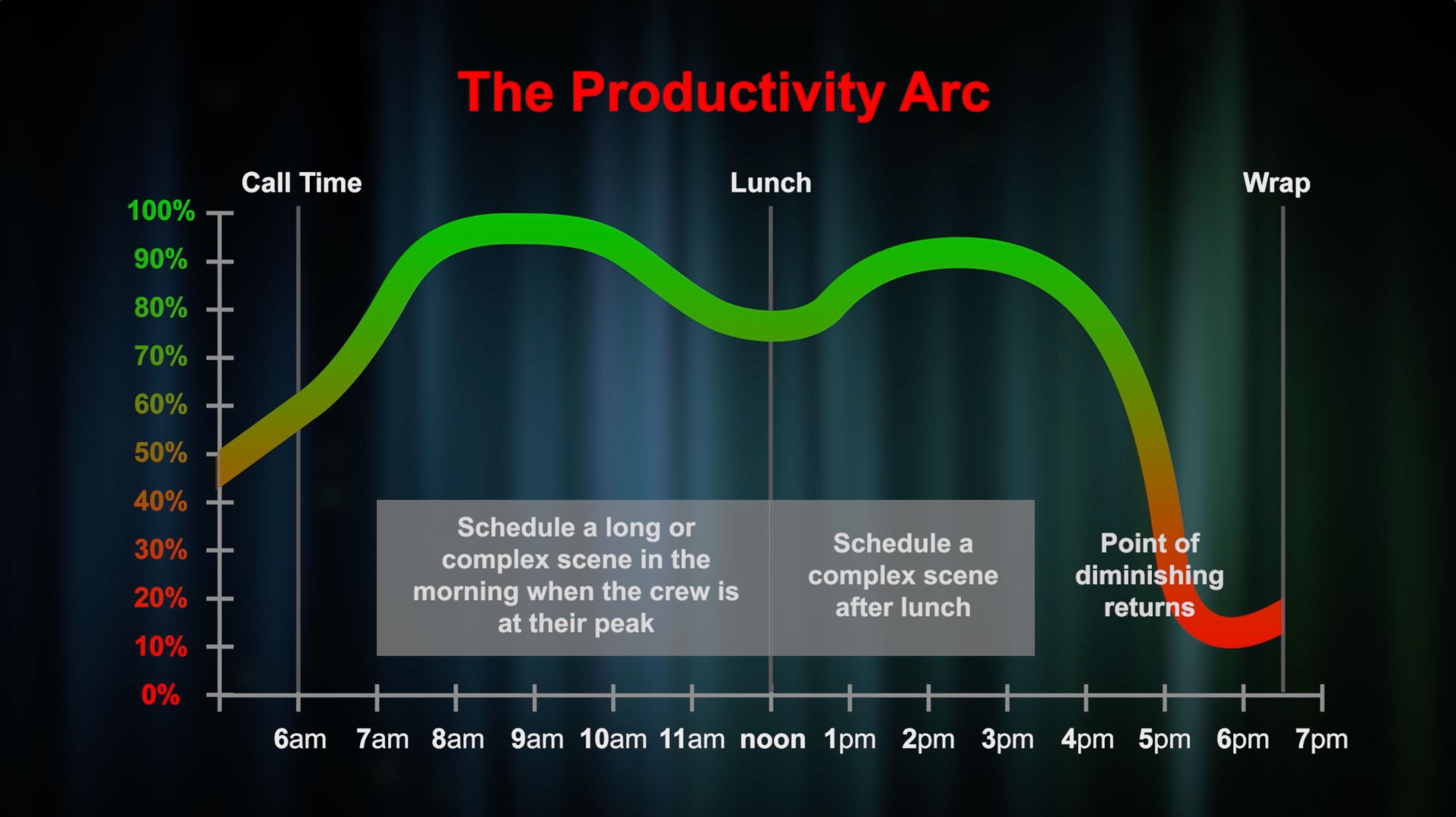
Assistant Director Department Certification Course
View all courses- This course is open for 12 weeks
- 18 lesson series
- 4 hours, 25 minutes of video
- Industry-Leading Instructors
$99.00
JOIN NOWThe first assistant director (or 1st AD) is a member of the assistant director department, also referred to as the production department. The assistant directors manage the day-to-day operations of the set, ensuring each department, crew person, and actor are where they need to be for filming to continue.
If the producers are tasked with getting all the people, equipment, and resources to the set, it’s the assistant directors who manage them on set, always ensuring each production day wraps on time and within budget. From planning the shooting schedule to coordinating with each department, the assistant directors are a vital team to efficiency on a movie set.
While this course covers the duties and responsibilities of the assistant directors, it starts with the role of a production assistant, an entry-level position that will give you access to nearly every department on a film set. It’s the gateway into a film industry career and a notable rite of passage that almost everyone has taken. This course will teach you how to become a production assistant, and most importantly, how to succeed as one.
In this self-guided online course, you will learn the duties and responsibilities of the assistant director department, including:
- The roles of each member of the assistant director department
- How to properly break down a script
- How to develop a shooting schedule
- How factors such as turnaround time, pushed calls, meal breaks, and union guidelines affect the schedule
- How to effectively manage the set
- How to interface with each department on set
- How to complete on-set paperwork and reports
- How a scene is shot - from the initial blocking to the tie the camera rolls
- How to direct extras
- The role and expectations of a production assistant
- How to break in as a production assistant
This course is taught by the assistant director team from Titanic, Avatar, Real Steel, Night at the Museum, Stranger Things, Logan, and dozens of blockbuster Hollywood movies ad TV shows. You will learn from the very professionals who may hire you in the future, making their insights valuable and relevant.

Your instructors include:
Josh McLaglen
Josh is the producer of "Avatar," the X-Men movies, "Logan," "Real Steel," and, as James Cameron's 1st AD, ran the sets of "Titanic," "Avatar," and dozens of other Hollywood blockbusters.
Jody Brockway
Eve Light Honthaner
Maria Battle-Campbell
Mike Musteric
Johanna Jensen
"Law & Order," "Adventures of Brisco County Jr.," "Northern Exposure"

















